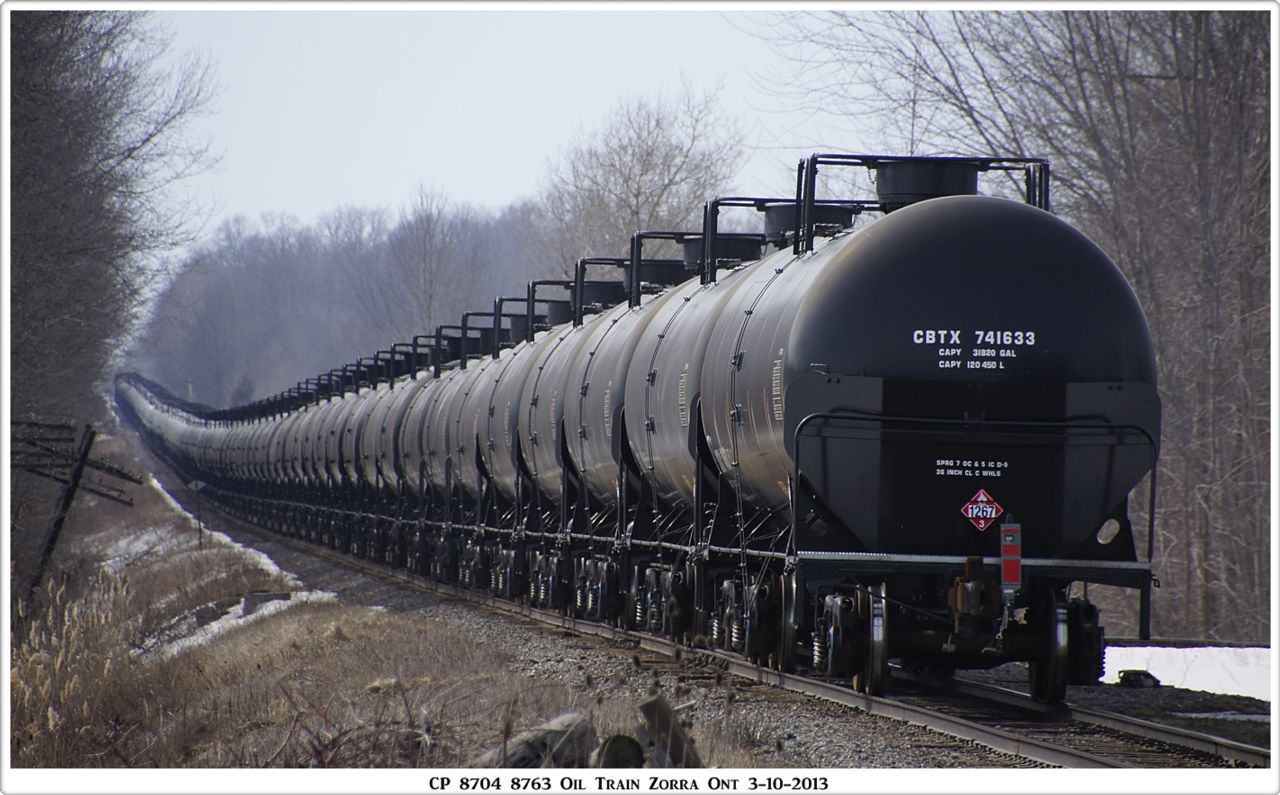Few people who saw the July 6, 2013 train wreck in Lac-Megantic in Quebec will ever forget it. That day, 72 cars of crude oil derailed and exploded, killing 47 people and devastating the small town.
Since then, there have been many new regulations both in Canada and the US that are designed to boost rail safety. In both countries, there are new rules being proposed to replace older tanker cars with stronger ones designed to handle explosive cargo such as crude oil. In the US, bills have been introduced in the Senate which would improve emergency response to train derailments, and also would toughen reporting requirements for railroad companies, who would be mandated to report to states about the routes oil trains would take.

Such rules could possibly prevent derailments in the future and improve the emergency response. A derailment also occurred in Lynchburg, Virginia, with an oil train. About seven oil-laden tankers fell into the James River on April 30 of this year. No one was injured but small amounts of oil were released into the river.
Meanwhile, in Canada, the federal government and rail businesses are moving quickly to make train transport even safer. According to the Railway Assn. of Canada, some rail firms are installing video recorders on their engines. They also are considering using audio recording systems to ensure that engineers are using best safety practices.
All rail companies in Canada must also have an emergency response plan for any dangerous chemicals or crude oil they are transporting.
The hope is, all of these efforts for more oil trainsafety in Canada and the US will minimize future derailments. We’ll see.